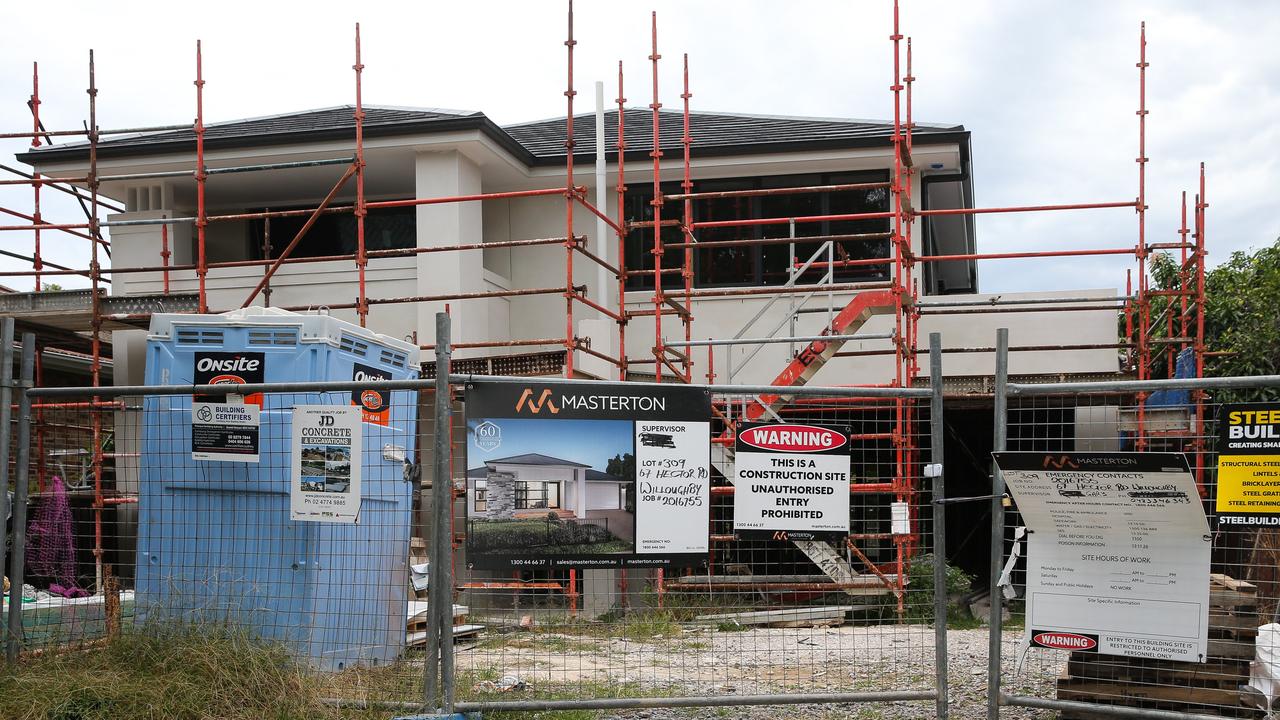Housing stress levels overstated - RBA
THE RBA says a typical household can afford to spend much more than the old benchmark of 30pc of its income on a mortgage.

Housing stress levels overstated - RBA
MEASURES of financial stress caused by rising interest rates are exaggerated because they do not take account of increases in real incomes, according to the Reserve Bank.
The bank's deputy governor, Ric Battellino, told a Senate inquiry that rising house prices, not rising interest rates, were the main reason people were spending more of their income on mortgages.
"Mortgage interest rates in Australia are no higher today than in the mid-1990s, when housing was at its most affordable," he said.
However, the share of household income devoted to mortgages has risen from 23 to 38 per cent over the past decade, and is not far short of the 44 per cent peak reached in the late 80s.
The Reserve Bank has come in for criticism from parliamentarians from both the Government and the Coalition for its suggestion that problems of home affordability are overstated.
However, Mr Battellino said the increasing affluence of households had given them the choice to spend much more of their income on housing.
"A typical household that in 1996 was devoting 30 per cent of its disposable income to debt servicing would today be able to devote 47 per cent of its disposable income to debt servicing while still having the same standard of living, in terms of being able to buy other goods and services."
He said it was not surprising that commentators who used a fixed benchmark defining anyone who paid more than 30 per cent of their income as under financial stress had found that more and more households were exceeding the benchmark.
Mr Battellino said people had been encouraged to spend more of their income on housing by low interest rates and financial innovation, which had greatly increased the access of households to finance.
He said house prices had risen around the world, with most developed nations experiencing a doubling or trebling of house prices since the mid-1990s.
House prices had also risen in all parts of Australia, both urban and rural.
The Reserve Bank believes this makes it difficult to attribute the spiral in house prices to factors such as land-use policies, taxes and transport arrangements.
"Rather, a big part of the increases over time is due to factors affecting demand and capacity to pay," Mr Battellino said.
He suggested that a global glut of savings gave financial institutions a strong incentive to find ways to issue more financial claims against the stock of existing investment.
"That, of course, is a recipe for rising asset prices."
He said restrictions on the supply of land would have affected prices only on the edges of urban development.
Although the arrears rates remain low by historical standards, Mr Battellino said there were pockets of significant stress, particularly in western Sydney.
He said the rise in house prices and in housing turnover occurred later in the western suburbs than in the rest of Sydney, but prices had risen further. This showed that more people bought at the peak of the market.
The income growth that has helped housing affordability elsewhere in Australia has been lower in the western suburbs of Sydney, at 3.7 per cent a year over the past decade, than in Australia generally, where growth has been at 5per cent.
He said a larger share of home loans in western Sydney came from non-bank lenders, suggesting that fewer borrowers met a bank's minimum standards.



